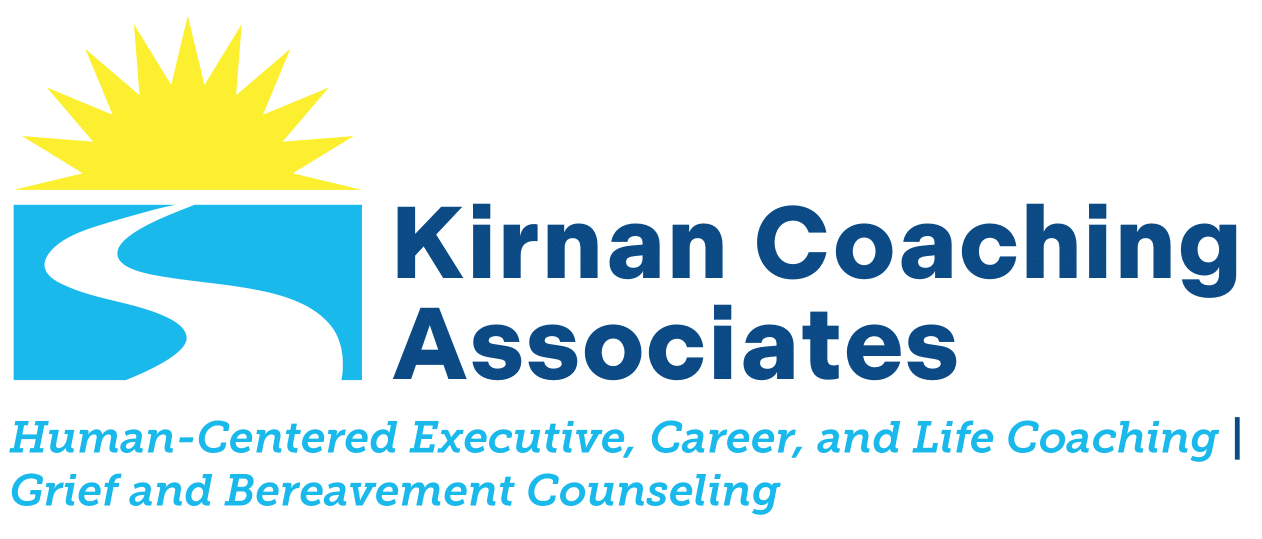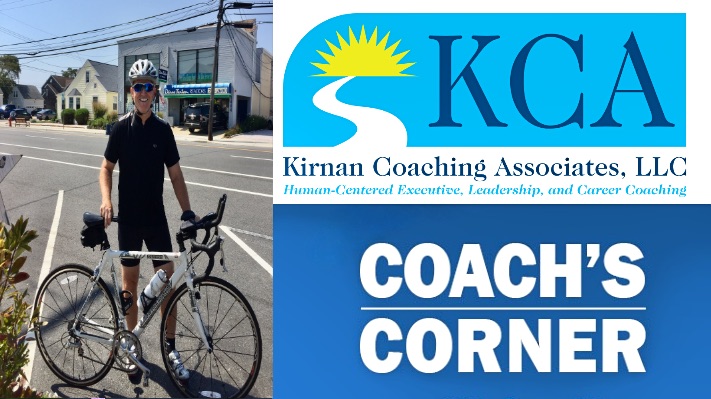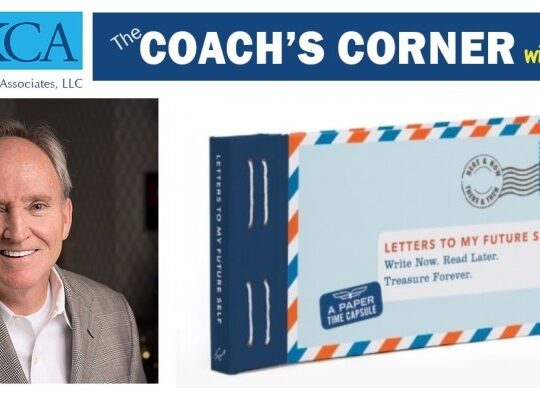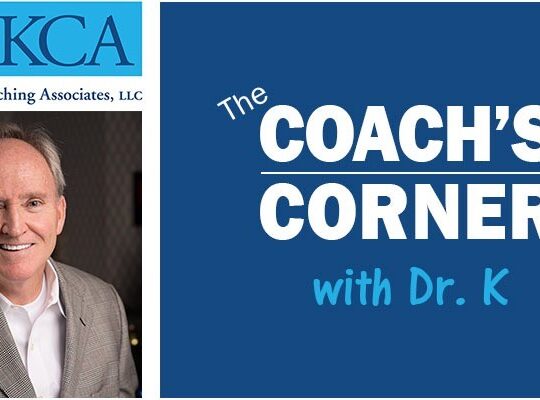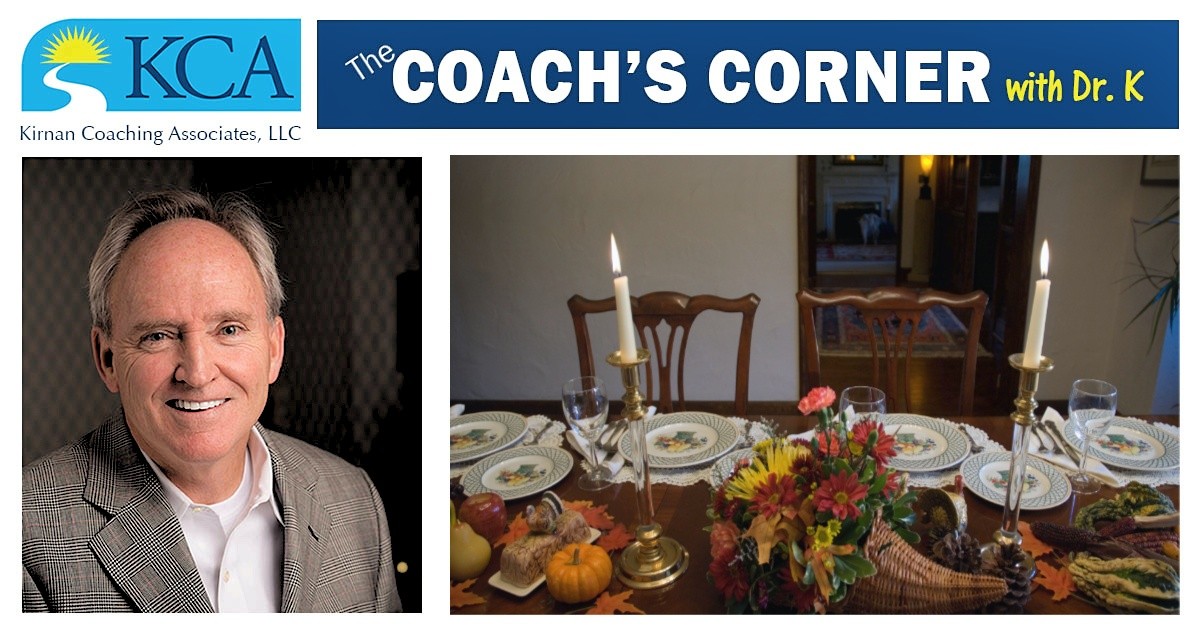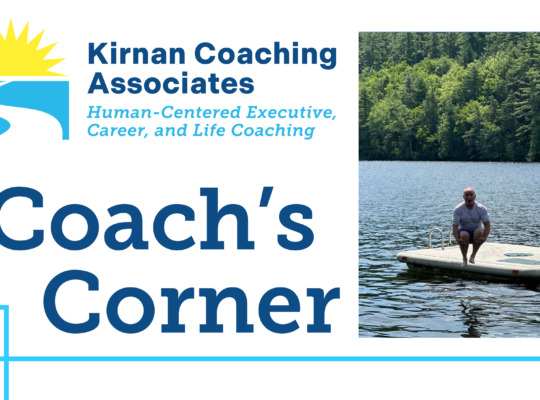“𝙔𝙚𝙨𝙩𝙚𝙧𝙙𝙖𝙮 𝙞𝙨 𝙝𝙞𝙨𝙩𝙤𝙧𝙮, 𝙩𝙤𝙢𝙤𝙧𝙧𝙤𝙬 𝙞𝙨 𝙖 𝙢𝙮𝙨𝙩𝙚𝙧𝙮. 𝙏𝙤𝙙𝙖𝙮 𝙞𝙨 𝙖 𝙜𝙞𝙛𝙩 𝙛𝙧𝙤𝙢 𝙂𝙤𝙙. 𝙏𝙝𝙖𝙩’𝙨 𝙬𝙝𝙮 𝙩𝙝𝙚𝙮 𝙘𝙖𝙡𝙡 𝙞𝙩 𝙩𝙝𝙚 𝙥𝙧𝙚𝙨𝙚𝙣𝙩.” 𝙀𝙡𝙚𝙖𝙣𝙤𝙧 𝙍𝙤𝙤𝙨𝙚𝙫𝙚𝙡𝙩
The Bike as a Metaphor for What Happens in Life and Work
Biking has been a source of joy for me ever since I purchased my Cannondale R1000Si road bike in July 2002. My bike rides were often accompanied by some great companions, including my son, my daughters, my two sons-in-law, and some very dear friends, with each ride covering distances of anywhere from 30 to 50 miles. So many beautiful conversations and special life moments were captured in those rides, none better than my son-in-law Logan asking for my blessing to take my daughter’s hand in marriage. I also competed in several triathlons with that bike, one with my son after his graduation from college and another a few years later with my daughter in the pouring rain. There were also some special fundraisers, especially the one in May 2003 when I biked 150 miles over a two-day period to help raise money for MS in honor of my sister and to begin my painful transition after being let go as the US Director of Research at Credit Suisse First Boston. And, of course, there were also the numerous solitary early morning rides up and down the New Jersey shoreline and that feeling of accomplishment every time I would arrive back home.
But recently, I suffered several falls off my bike, not to mention some other very close calls I had experienced on some heavily trafficked roadways. In those scary moments, I realized the time had finally come for me to let go of the bike. So, as I took my final ride on the Cannondale last month, I couldn’t help but recall that moment when I rode a bike for the first time as a 5-year-old boy with my dad running alongside me until he finally let go of the bike. I also thought of my own experience as a young dad teaching each of my three children how to ride a bike and the fear that gripped my heart knowing that like my dad had done so many years earlier, I too would face that moment where I would have to let go of the bike so each of my children could grow. And although I didn’t appreciate it at that time, I grew a little bit as a parent in that experience. Twenty years later, there’s a realization that the bike isn’t just a wonderful physical item filled with incredible memories but it’s also a metaphor for so many things in life that we often have difficulty letting go of in our personal and professional lives. And, as a professional coach who takes a human-centered approach with all my client engagements, learning to let go of things like a past relationship, a job, bad habits, certain behaviors, an identity that no longer fits us, a change in roles, or a loved one who is no longer here with us, are often one of the central challenges we tackle in my various client engagements.
Letting Go in Executive and Leadership Coaching
Knowing and learning what to let go of is an essential skill to build and further hone for future success for those already in a leadership position or who are in a leadership development program that is preparing them for a future role in the organization. Often my initial executive and leadership coaching conversations will center on the client becoming more self-aware of their strengths and how others on their Team and within the organization see them in their leadership capacity. We also examine a variety of behaviors that touch on their locus of control and how their leadership style may need to evolve to achieve maximum performance. Letting go can mean leaving behind ingrained long-term behavioral patterns like an obsession for having to know every little detail on a project or an overarching tendency to focus on problems. It may require a mindset shift from always having to be right or having the answer to every problem to being more open to new approaches and ways of thinking to enhance their overall effectiveness. We also focus on identifying and letting go of any emotional triggers like fear, anger, and resentment that may affect how the client shows up in their leadership role and to be more curious as to what may lie behind those deeply felt emotions.
Letting go of the bike in executive coaching engagements will also focus on how the client delegates tasks and responsibilities to other members of the Team. For example, does the client place enough trust in their Team and empower them to do what they are fully capable of delivering to help the organization grow? Are they a leader that must control every input and output and know every step along the way? Do they require immediate and frequent updates? Are they regularly redirecting the thought process of the Team? Poor delegation skills and the lack of trust they place in their Team are clear signs they have yet to let go of the bike that could help their Team learn and grow on their own. It can often result from a fear that the Team will not be successful unless the client is actively controlling every person on the Team and every Project and Key Performance Indicator (KPI) the Team is responsible for. In those situations, I will often role-play with the client by asking them to take a minute and remember that moment when dad “let go of the bike” because he knew we were ready to ride on our own. So, in that same spirit, the client can build trust in their Team by “letting go of the bike” and enable the Team to thrive.
Letting Go in Career Coaching and as Life Roles Change
Letting go of the bike can be particularly challenging when a client gets laid off from a job as the former role is often viewed as a major part of one’s identity and losing that perceived self-identity can significantly complicate and lengthen the transition needed in finding a new role. Job loss is a significant life event affecting one’s self-confidence and heightened anxiety over what their future may now look like. Human-centered coaching can help the client let go of that painful experience by providing enough space to fully grieve the job loss and allow them to tap into their deeply felt emotions, a critical component in restoring their self-esteem and outlook for their future. Identities can also become confusing at times for employees who are witnessing a major role change within the organizational structure, particularly when one moves from a producer or subject matter expert role to a managerial position. In such cases, the coaching engagement needs to focus on specific tools and exercises that will help the client to let go of the former identity and fully embrace the new, evolving identity.
Letting go of the bike is a process that repeats itself throughout our lives whether it’s a personal relationship that didn’t work out, a job we may have lost, a story or script about ourselves that we are trying to leave behind, or personal habits and behaviors that we are hoping to change. Letting go of the bike can also apply to the many different and changing roles that we take on as we grow older. For many of us, that might include the transition to the empty nest stage of life when our children become adults living independently, retirement, becoming a grandparent, adult children taking on caregiver responsibilities for their older parents, or learning how to live on our own again after the loss of a loved one. Anxiety and fear will often get in the way as we try to let go of these former roles but working with a coach or a therapist and getting involved in community groups that cater to these new life roles can really be a godsend.
So, what about you? Is there a bike that you need to let go of? Are there specific areas of your life and work that you could let go of? Whatever they may be, try and relax the tight grip on those things that you are holding onto that you would like to let go of. Reimagine that joy and freedom you felt all those years ago when dad let go of the bike and allowed you to ride on your own for the very first time. You did it back then and I know you can do it again!
The Happy Postscript to My Cannondale
There’s a happy ending to my Cannondale bike and I feel an inner peace knowing that the bike I loved for these past twenty years is now in safe hands as I sold the bike to a very nice young man who had always dreamed of buying a road bike. As we completed the exchange on a beautiful sunny Friday afternoon, I shook his hand and wished him well, and returned to my car for the ride back home. I looked through the window of my car to catch a glimpse of him mounting the bike for the first time and that huge smile on his face brought tears of happiness to my eyes. I took great comfort in knowing that I had let go of my bike and that it was now in very safe hands with a whole new world of memories awaiting him and his family in the future.
Wishing my clients, fellow coaches, colleagues, and friends the gift of God’s abundant blessings and much success with whatever bike in life and work you may be trying to let go of,
Dr. K
